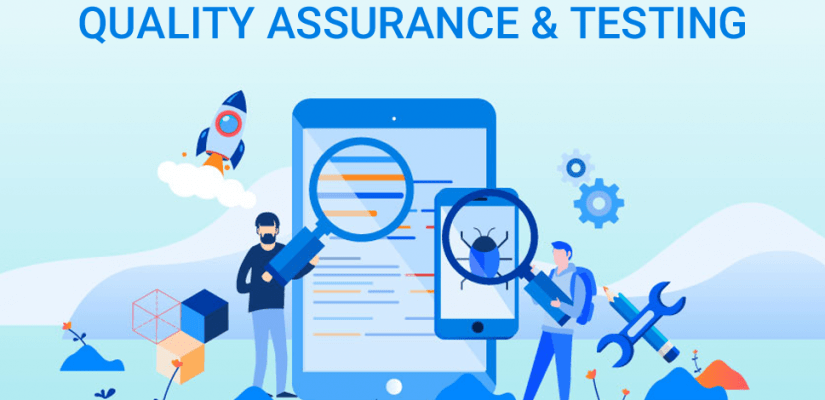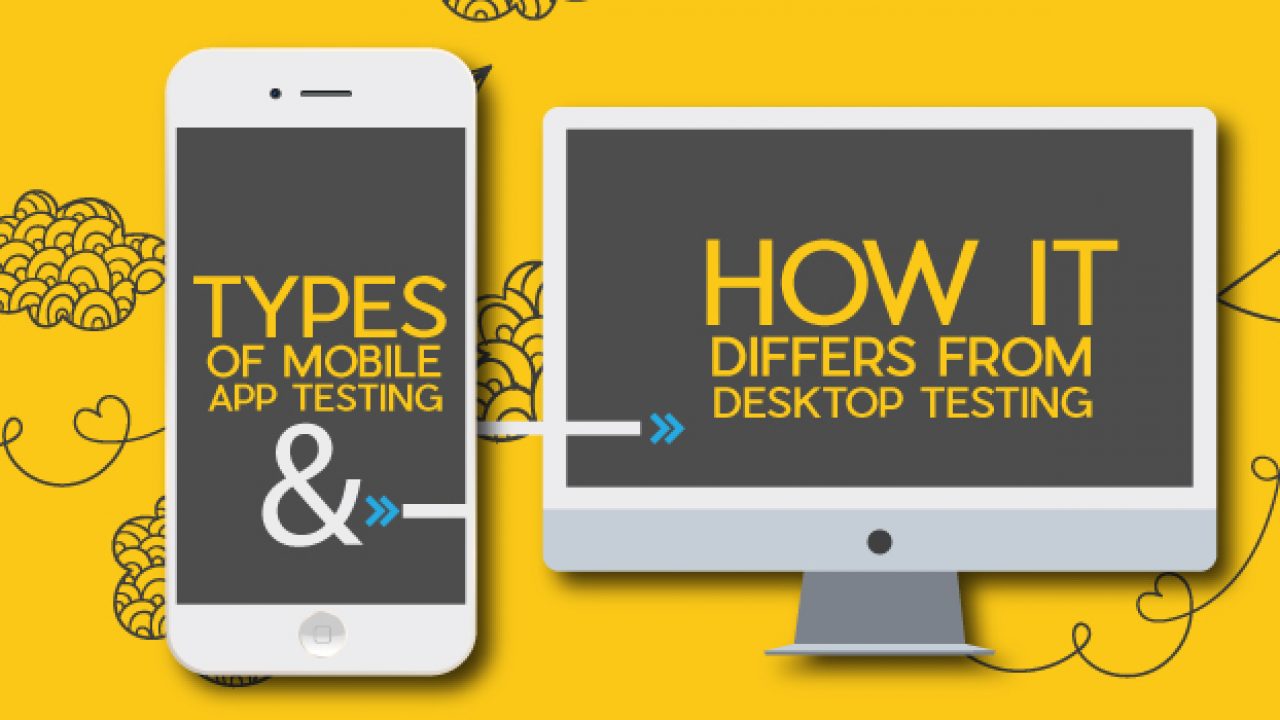Today, we’ll be discussing verification and validation in software testing. According to the IEE-STD-610 (a set of software engineering standards), verification testing is “A test of a system that proves that it fulfils all the particular requirements at a specific stage of its development.”
Verification testing is the procedure used to examine all predetermined software specifications, documents, code, design, and programs to ensure that the software fulfils these specifications.
A few of the essential docs to be reviewed at this stage are the requirements specification, the blueprints for the design ER diagrams, database table design, test cases and scenarios, traceability matrix, etc.
Verification tests ensure that all development elements, including the software, hardware, documentation and human resources, stick to organizational and team-specific standards and rules. In addition, it checks well to confirm that the system design and architecture are appropriately engineered and have no errors.
If you check the official definition, you’ll notice that the phrase is at “A particular stage of its development”. A single verification test is about one particular stage in the development procedure.
Before the beginning of development, standards and requirements are established for every stage in the procedure. Verification testing checks the software present in the middle of being developed to confirm that it agrees to these standards.
Usually, the verification checks are all about studying the specifications and checking them next to the code logic. The Code reviews, walkthroughs, inspections, design, and specification analysis are usual components of verification testing.
The benefits of Verification Testing
The early and frequent verification reduces the number of bugs and defects that come up in the late stages.
By checking at every stage, the devs, product managers and stakeholders can receive some insight into the type of product they wish to be developed better for the future phases.
Even if they cannot solve the bugs, checking helps the Quality Assurance people guess the issues that might arise and help them handle them the moment they appear.
Verification makes it easy for the software to align carefully with the consumers and business needs at each stage. In addition, this ensures that the devs need to put in less effort as the development continues.
When should you make use of Verification Testing?
Verification Tests must be run at each stage of development before a feature gets implemented.
Let’s consider a button with the label “Add to Cart”. Before making this button, the verification tests go through all the essential requirements previously finalized in the stages of creativity and brainstorming.
Let us say that the documentation mentions that the button should be black with the lettering in white colour. Furthermore, it must not be larger than 10mm*10mm and must be continuously visible at the top right corner of each product page on the website.
One more button with similar text, colour and dimensions must be placed under each product on the page.
Before making the button, design and requirements documents must be reviewed, and all the essential specifications should be listed.
Before you finally construct the button, the design and requirements documents must be minutely reviewed, and all necessary specifications must be listed before good work begins. Ensure you do this before working on each feature or element on the page so that the devs get all the guidelines.
What do we mean by Validation Testing?
According to the IEEE-STD-610, validation testing ensures that “An end product stakeholder’s actual requirements and expectations are fulfilled.”
Similar to verification testing, which happens at each stage of development, validation testing occurs at the end of a particular module or sometimes after the building of the software is over. Its main intention is to check that the final product is similar to the stakeholder and customer requirements.
Most of the QA forms come under this category. For example, all the tests, from unit tests to user acceptance tests, are validation tests. A few of the standard tests that fall under this heading are:
Unit Testing
User Acceptance Testing
Smoke Testing
Integration Testing
Functional Testing
Performance Testing
Regression Testing
Security Testing
Accessibility Testing
System Testing
The main differences between verification and validation in software testing:
Let’s examine the differences and learn about the validation and verification techniques.
VERIFICATION
It is the static art of studying and checking the particular requirements of a specific stage in development.
It doesn’t demand the execution of code. Instead, this involves simple human verification of the assets that are required.
It uses techniques like document reviews, inspection, walkthrough of the product and desk checking.
It’s made for finding the bugs at the start of every development phase.
The targets are specification documents, application and software architecture design documents, table design for databases, ER diagrams, database table design, test cases and scenarios, traceability matrix and similar stuff.
It’s performed by the developers and testers to ensure that the software follows the previously fixed standards and reactions.
Its place is before validation testing.
It doesn’t need devices, browsers, platforms, browsers or operating systems for its implementation.
VALIDATION
According to most software testing companies in India, It’s the changing practice of testing the final product after development to see that it fulfils the customer needs.
It just requires you to execute the code.
It involves both human and machine-based checking and software approval.
The process is about different types of product testing– unit tests, integration tests, regression tests, cross-device testing and cross-browser.
Its purpose is to discover all bugs that need to be noticed at the verification stage.
Its main target is the product that the customer must use after public release.
It’s mainly handled by QA engineers with experience who comb through an app’s features to check whether they work correctly.
It carefully follows verification testing.
It’s executed in the best way by making use of real browsers, os and devices.
We are using real browsers, devices, and operating systems.
Also, enjoy our blog on “Go to guide for CTO’s on QA Outsourcing“.
Final Thoughts
Correctly understanding and using verification and validation in software testing will go quite far towards draining out and neutralizing bugs that would spoil user experience and result in negative reviews and bad feedback from customers and final users. Spend some time setting up with the help of verification and validation activities, and you will not have to waste any time handling irrational users downvoting or leaving your application. For assistance with validation and verification in software testing, get in touch with hikeQA, a leading software testing company in India.
















